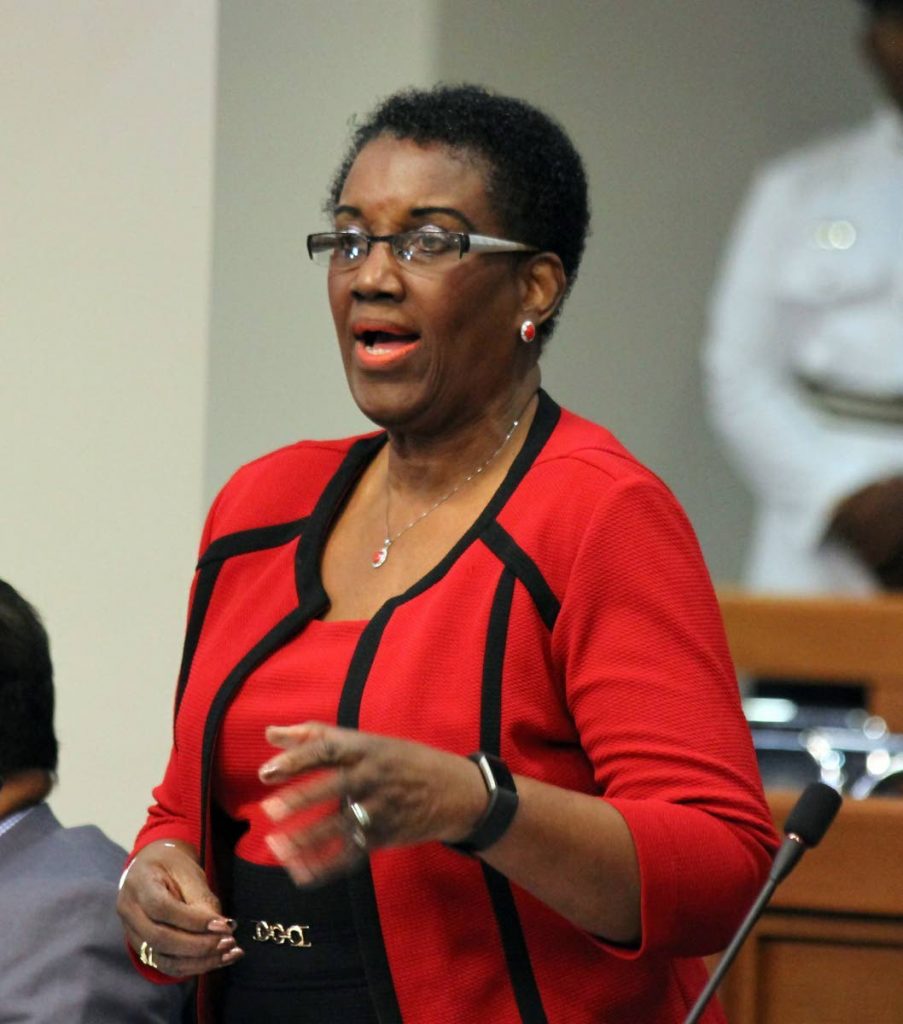The case for restorative justice

HAZEL THOMPSON-AHYE
RECENTLY, THE press reported that a mother was in tears after her victim impact statement was read out in court during the trial of the accused for her son’s murder. She cried out for answers as to the reason the accused, having robbed her son of his cellphone, had killed him.
Like many primary and secondary victims of crime, she will wait in vain for an answer from our justice system. Our criminal justice system pays little regard to the victim, who is merely a means to an end – to facilitate the conviction and punishment of the criminal in the hope that will deter others.
According to Howard Zehr, “the grandfather of restorative justice,” the criminal justice system views crime as a violation of the law for which someone must be punished while restorative justice sees crime through a different lens, as a “violation of people and relationships…its central focus being victim needs and offender responsibility for repairing harm.”
All the stakeholders, victims, offenders and community members affected by the crime must be involved in repairing that harm. Once the offender admits to wrongdoing, a restorative justice conference can be held to decide how to repair the harm.
At the conference, all stakeholders will have their say. The offender will say what happened, whom he believes has been affected, in what way, and how he intends to make things right. The victim will speak to not only how she has been affected, but will have the opportunity to ask the burning questions about the crime (Why me?).
Community members will share how they have been affected, suggest how the harm may be repaired and state what assistance they can provide for rehabilitation and reintegration of the offender. Restorative justice condemns not the wrongdoer, but the wrongful act he has committed. Thus, it affirms the offender’s humanity, makes possible reintegration and often lessens reoffending.
A restorative justice conference can be held before the wrongdoer is charged, after he has been charged, before he is sentenced or even after sentencing.
Even if he had initially pleaded not guilty, but has been found guilty, once the offender agrees to participate in a conference, the conference can be held before sentence, after which the judge may or may not adopt the resolution proposed. It can also be held after sentencing, to bring closure to the parties.
Numerous studies, worldwide, have shown victim satisfaction with restorative justice conferences and reveal, having received the answers they seek, victims are less likely to suffer post-traumatic stress disorder. There is no requirement that the victim forgives the offender, though it frequently happens.
In hearing the offender speak about the circumstances surrounding the offence, victims and the community benefit from understanding what prompted the crime. This gives the society the opportunity to address the root causes, instead of only the consequences of crime.
I do not assert that restorative justice is suitable for all crimes or suited to all perpetrators of crime, nor do I recommend that restorative justice replace the criminal justice system, but I do advocate for its adoption as a valuable tool in the toolkit of instruments that can be used to fix our broken society.
Research has shown that restorative justice should not be ruled out for crimes which involve serious violence and should not be denied to reoffenders.
Increasingly, restorative justice, with proper safeguards, is being used in sexual harassment, domestic violence and sexual offences cases. Often, an offender does not appreciate the impact of his crime on the victim and family members, including children, until he hears their stories.
More recently, a young woman pleaded, in vain, for her father not to be imprisoned for sex crimes committed against her 13 years ago. She must now feel the justice system has failed her. Could the father not have been made to pay for long-term counselling for her, plus be given community service?
Janine Geske, in her article entitled “Why Do I Teach Restorative Justice to Law Students,” wrote: “The most important benefit of teaching restorative justice in a law school is that the students develop the vision, the skills, and the passion to positively transform our justice system.”
Restorative justice has been defined as “a process to involve, to the extent possible, those who have a stake in a specific offence and to collectively identify and address harms, needs and obligations, in order to heal and put things as right as possible” (Zehr, 2002).
Many speak of restorative justice without a clear understanding of the term. A victim impact statement is partly restorative, but is not restorative justice.
Rehabilitation programmes, victim support units, drug treatment courts, victim compensation schemes are all partly restorative, but cannot be labelled “restorative justice,” as all the stakeholders are not involved.
Mediation is not restorative justice, and it is not appropriate for criminal matters.
All indigenous societies practised restorative justice before colonisation. Are we serious about transforming our punitive, retributive justice system from one which breeds more criminals than rehabilitates convicts?
If so, as a start we can resurrect the draft restorative justice policy, examine it to see if there is need for revision or refinement and, having done so, move to implement restorative justice.
There are over 100 people trained, at government’s expense, to conduct restorative justice conferences. They are losing their skills, while our country is daily losing lives and spending money we can ill afford on an expensive prison system.
Prison should not be the first call, but the last resort.
caption
Hazel Thompson-Ahye


Comments
"The case for restorative justice"